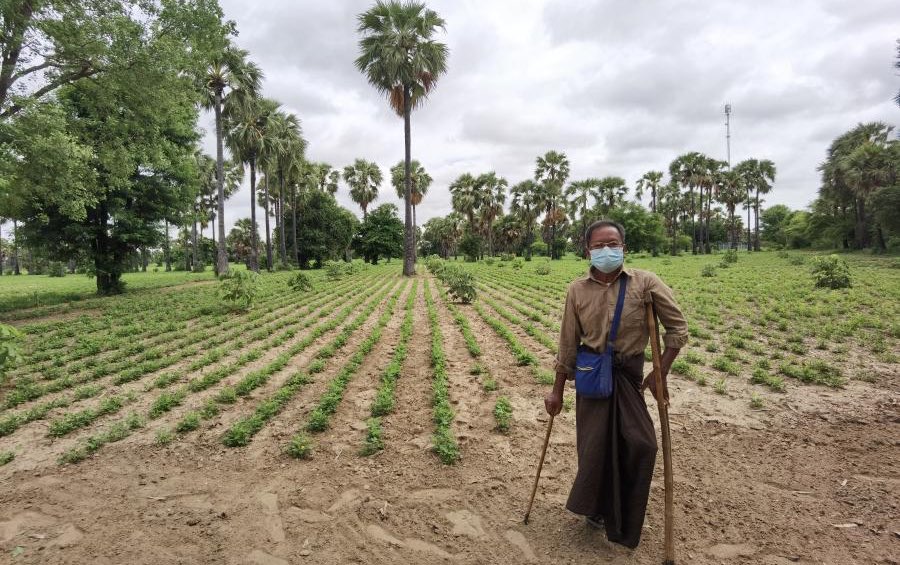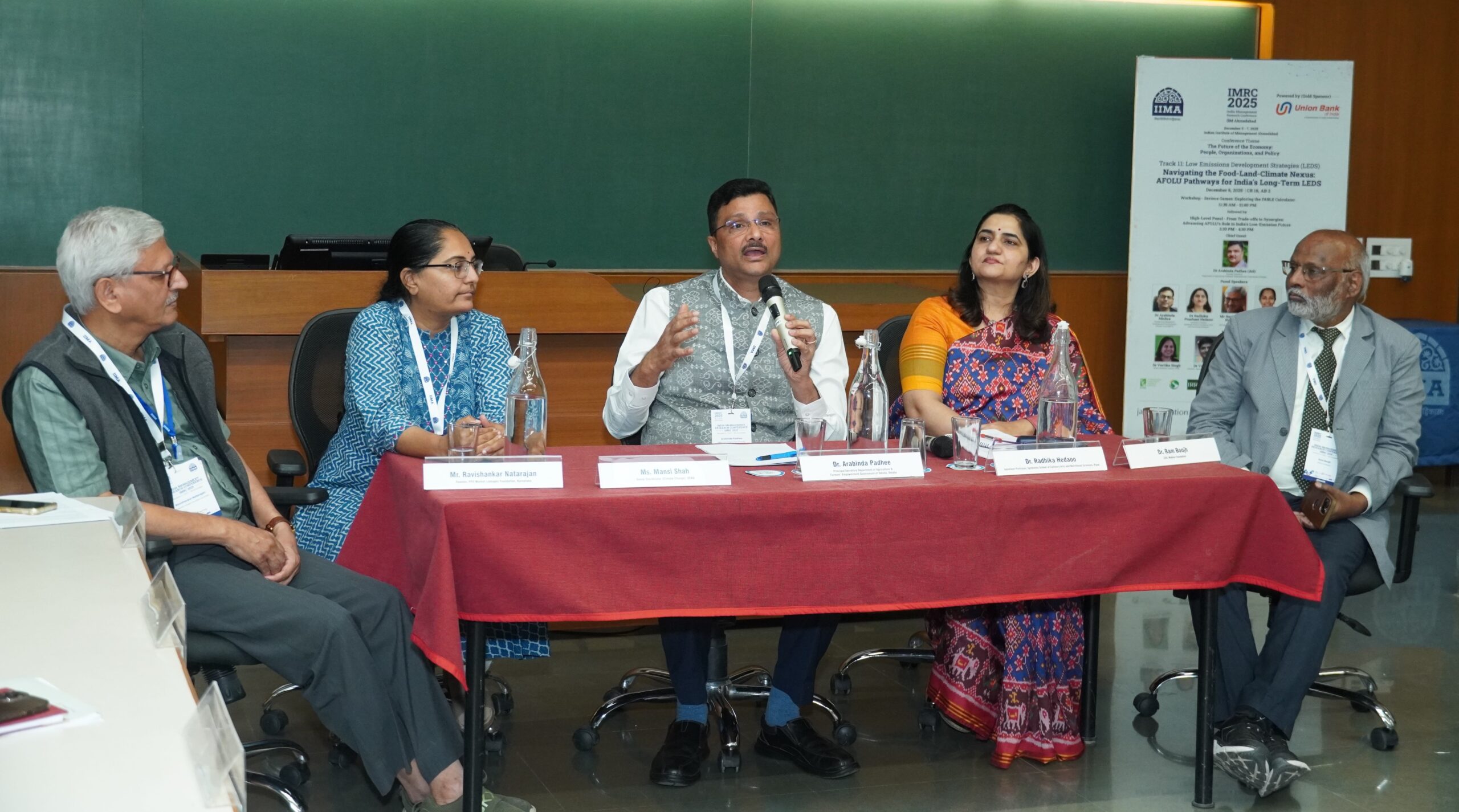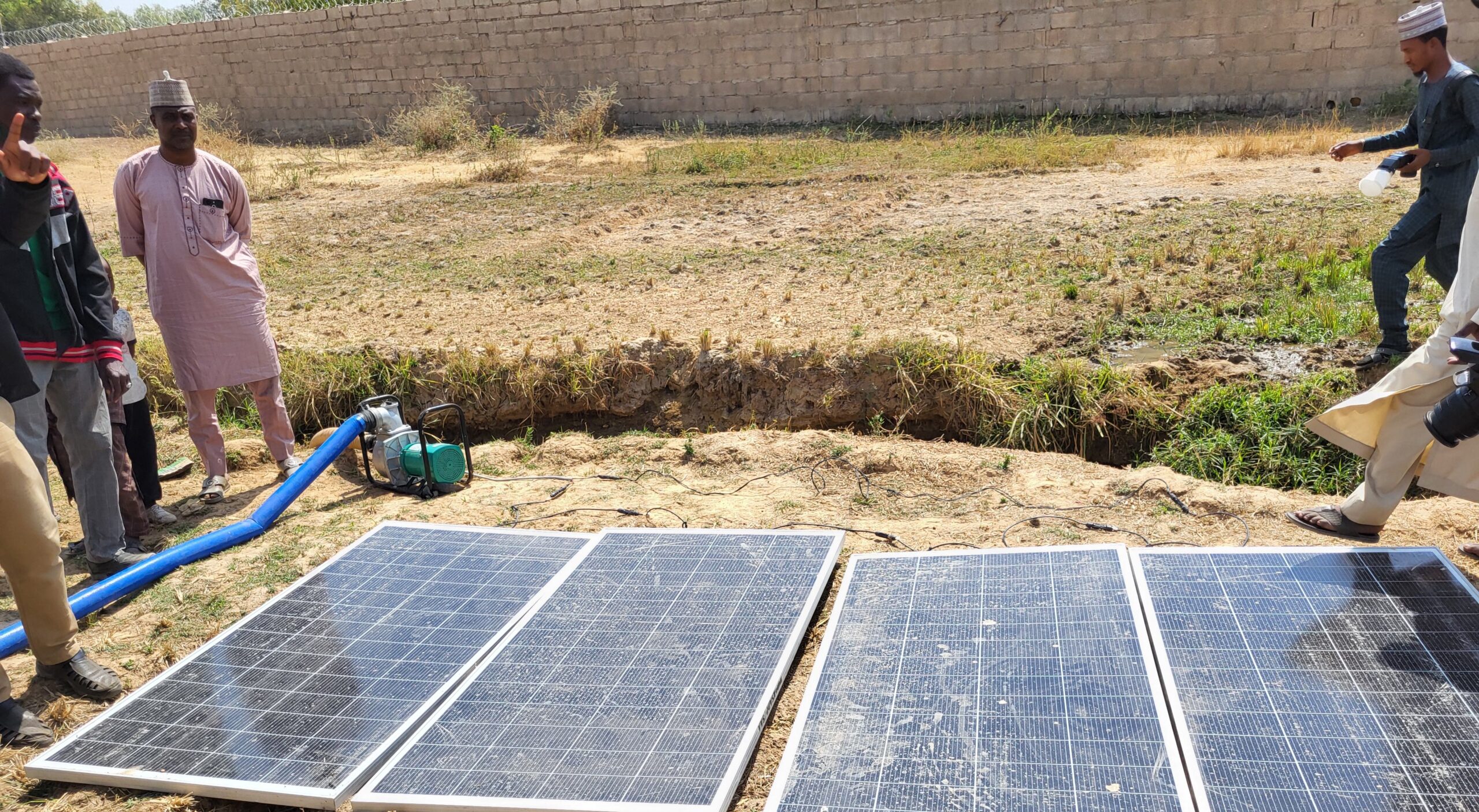While COVID-19 transmission dynamics and impacts have been different in rural and urban areas, big impacts on rural incomes and livelihoods have been observed. In this post, Catherine Ragasa, Isabel Lambrecht and Michael Wang assess income impacts on landed and landless rural people in Myanmar’s Central Dry Zone, comparing bi-monthly surveys during the pandemic to pre-pandemic baseline data. Income losses were common, from lost sales of agricultural produce, unemployment (farm and especially non-farm) and a falloff in remittances. The authors describe the short-term household coping mechanisms for these hardships and propose agricultural marketing, non-farm income, and information responses to support vulnerable rural households as the pandemic (and other shocks) continue.—John McDermott, series co-editor and Director, CGIAR Research Program on Agriculture for Nutrition and Health (A4NH).
As the COVID-19 pandemic unfolded in early 2020, Myanmar avoided an early wave of infections. However, even before its first cases were confirmed, the country faced a related economic crisis. Border closures, movement restrictions, and reduced international demand for Myanmar’s goods and services have severely affected its forecasted economic growth.
The fallout has hit rural areas particularly hard, according to a series of phone surveys with farming communities in the Central Dry Zone, a region comprising 23% of Myanmar’s total population and a third of the country’s grain cropping area. An analysis of the survey results, published recently in Agricultural Economics, shows the crisis has had persistent, worsening economic impacts that depressed rural household incomes.
Starting in June 2020, researchers with IFPRI’s Myanmar Agricultural Policy Support Activity surveyed 1,072 women and men every two months about COVID-19’s effects on agricultural production and rural livelihoods. Our analysis compares responses from the first three pandemic surveys (June, August and October, 2020) with baseline data from a pre-pandemic January 2020 survey. The paper focuses on the June survey results.
Though input access and agricultural production were largely unaffected during the first months of the crisis, a large proportion of respondents reported negative impacts in other areas, including crop marketing, non-farm business and employment, and remittances. A total of 56% of households in the survey area experienced income loss from disruptions to various livelihood activities from Feb.-May 2020. In the Oct. 2020 round of survey, this share increased to 72% of households.
Farm incomes are mainly affected by challenges in crop marketing
At the start of the crisis, two thirds of households in the surveyed communities were growing crops, and in its early months the pandemic affected crop production only to a limited degree. Farmers did not alter their planting times or cropping areas, though about 17% of respondents experienced difficulties purchasing agricultural inputs and machinery services. But more problems arose for those trying to sell their produce. Nearly two thirds of farmers experienced difficulties selling their harvest, mainly due to lower prices, closed markets, low demand, and movement restrictions.
Non-farm rural incomes are strongly affected
Aside from farming, both landed and landless households in the surveyed communities typically rely on other sources of income such as non-farm enterprises, wage or salary employment, and remittances. These too were hit hard.
Sixty eight percent of non-farm enterprises of landed and landless households were impacted by the pandemic. Of those usually employed in farm wage labor, 47% of respondents in landed households and 55% of respondents in landless households experienced challenges in finding farm work during the crisis due to less available work than usual, lower pay, and temporary movement restrictions. Additionally, 51% of respondents in landed households and 68% of respondents in landless households that normally rely on nonfarm wage employment experienced negative impacts on work availability and wages during the crisis. Both female and male wage labor in these households were affected, although we see more women in landless households losing their nonfarm wage employment.
Households relying on remittances from family members working elsewhere also suffered significant reductions in income. In Jan. 2020, about a third of landed and landless households received remittances. However, in the first few months of the pandemic, this income fell by 30% on average.
Coping with income loss
To cope with the loss in income, both landed and landless households reported using savings, reducing food expenditures, borrowing, and selling assets. However, a much larger share of landless households experienced income loss, and they more often reported reducing food expenditures and selling assets.
What actions can help Myanmar farmers sustain their livelihoods through the pandemic?
The persistent effects of the COVID-19 crisis on rural household incomes are alarming. Though Myanmar’s COVID-19 economic recovery programs successfully reached households with cash transfers and other livelihood support, the households surveyed are continuing to experience economic difficulties and are offsetting income losses by depleting savings, reducing food expenditures, borrowing, and selling major assets. These actions can have significant long-term consequences for household members, including jeopardizing future investment opportunities and endangering health and well-being.
Our research in Myanmar’s Central Dry Zone acknowledges the urgent need to ensure that the agricultural sector, which is critical to the country’s livelihood and food and nutrition security, can function safely and optimally.
How can the problems be addressed? The main disruption for farming households involves the marketing of their produce. To overcome this obstacle, collective and innovative marketing arrangements can be promoted in the short term, along with assistance in storage and processing practices. In the medium and long terms, the government and partners should consider adopting a more aggressive strategy to mobilize demand and expand market opportunities. While credit for farming households has improved, strategies such as cash-for-work schemes and accessible and affordable credit for rural non-farm businesses and employment will also be key to income generation and a faster economic recovery. Access to information on agriculture, markets, nutrition, and health through phone and radio improved during the pandemic, survey results show, and should be continued.
The COVID-19 crisis in Myanmar is far from over. A second, more severe wave of infections swept through the country in late 2020, accompanied by renewed mobility restrictions. In 2021, the combination of the ongoing pandemic and political instability runs the risk of further aggravating the deterioration of livelihoods. It is essential to continue monitoring the heterogenous impacts of COVID-19 on Myanmar’s vulnerable communities and to mitigate potential impacts of the pandemic and the political upheaval on rural livelihoods and food security.
Catherine Ragasa is a Senior Research Fellow with IFPRI’s Development Strategy and Governance Division (DSGD), based in Washington; Isabel Lambrecht is a DSGD Research Fellow in Yangon; Michael Wang is a Mickey Leland International Hunger Fellow with DSGD in Yangon. This paper is part of a COVID-19 special issue of Agricultural Economics edited by IFPRI’s Johan Swinnen and Rob Vos.
This work was undertaken as part of the Myanmar Agricultural Policy Support Activity led by IFPRI in partnership with Michigan State University (MSU). Funding support for this study was provided by the CGIAR Research Program on Policies, Institutions, and Markets (PIM), the United States Agency for International Development (USAID), and the Livelihoods and Food Security Fund (LIFT). The analysis and opinions expressed in this piece are solely those of the authors and do not necessarily reflect those of IFPRI, MSU, USAID, LIFT, or CGIAR.







